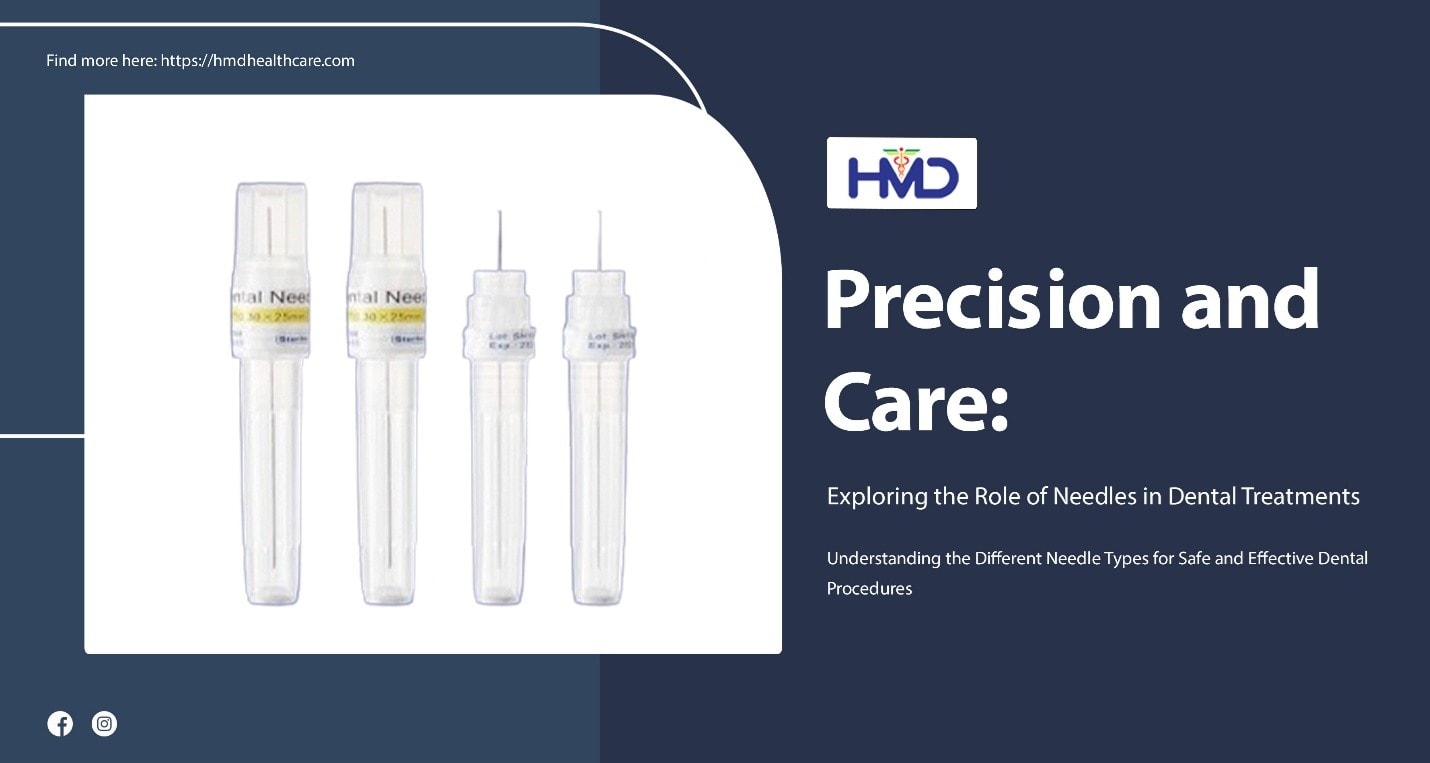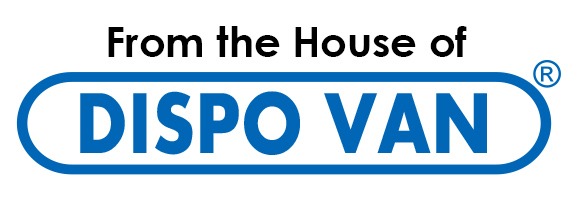

Putting needles into practice stands as a vital dental procedure for delivering both effective outcomes along with comfortable patient care. The appropriate choice of needle enables precise procedures which also protect patient safety for both pre-procedure anesthesia delivery and medication administration. The different needle types employed in dental procedures enhance outcome quality which both dental professionals and patients should understand.
Local Anesthesia Needles
Local anesthesia needles serve as the primary tools in dental procedures because of their wide usage. Dental needles enable dentists to deliver anesthetics exactly where needed so patients experience numbness during treatments including dental fillings as well as extractions and root canal procedures. The correct needle both in size and length gets chosen to match the required area of administration and tissue depth. Little needles are suitable for top-level tissue delivery yet the bigger needles handle deep nerve blocks which require access to the lower jaw region.
Aspiration Needles
Medical professionals use aspiration needles for diagnostic purposes specifically when they need to extract tissue or fluid samples from the patient. The needles have a hollow core area combined with a plunger mechanism that functions to extract fluids or tissues to perform analysis tests. Written to reduce trauma patients need aspiration needles for precise sampling work especially to detect oral cavity infections or growths.
Syringe Needles
Syringe needles serve as injection tools for delivering not only medicine but also fluoride treatments and other medication applications. Different sizes and lengths of these needles create the ability to precisely insert substances into oral tissues and gums. Healthcare practitioners select smaller gauge needles because they are designed for basic procedures that require minimum patient discomfort.
IV Needles for Sedation
Dental professionals require intravenous (IV) needles during complex procedures to deliver sedation and general anesthesia to patients. Fast drug delivery occurs through needles that maintain patient restfulness or keep them unconscious while receiving treatment.
The selection of correct needles becomes essential for dental treatments because it determines both treatment effectiveness as well as patient comfort levels. The correct needle selection enables dental professionals to deliver top-quality care with reduced patient sensitivity and minimal medical risks.

